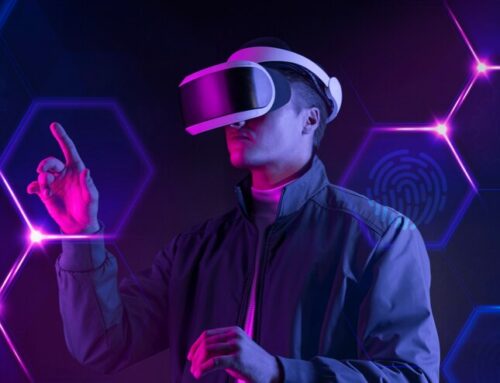In today’s digital age, the term www gravityinternetnet represents web evolution, data dynamics, and the Internet’s expansive reach. This article explores these interconnected elements, highlighting their impact on the digital landscape.
Understanding the Key Concepts
To understand the term better, let’s break it down:
- WWW (World Wide Web): This system of interconnected documents accessed via the Internet enables users to browse and interact with vast information and services online.
- Gravity: Here, gravity symbolizes the force that attracts data towards central hubs or platforms, similar to how celestial bodies exert gravitational pull.
- Internet: The global network connecting computers and servers forms the backbone of the World Wide Web, facilitating data and service exchanges.
- Net: This represents the broader network of digital connections, including social media, professional networks, and data-sharing platforms.
The Evolution of the Web
The World Wide Web has transformed significantly since its inception. Initially, it was a simple system for sharing academic information, with static HTML pages and limited interactivity. Over time, the web has become much more dynamic and immersive.
Early Days
In the early 1990s, the web was mainly text-based with simple navigational structures. It primarily served academic and research communities.
Rise of Dynamic Content
As technology advanced, dynamic content became more prevalent. The introduction of JavaScript and server-side technologies like PHP enabled the creation of interactive websites with multimedia elements.
Social Media and Mobile Web
The mid-2000s saw the rise of social media platforms and mobile web access. Websites had to adapt to mobile devices, leading to responsive design that ensured optimal viewing across various screen sizes.
Modern Web
Rich, immersive experiences characterize today’s web. Advances in HTML5, CSS3, and JavaScript frameworks have allowed for visually stunning and highly interactive websites. Cloud computing, AI, and the Internet of Things (IoT) drive further innovation.
The Concept of Data Gravity
Data gravity refers to the phenomenon where large amounts of data attract applications, services, and other data to itself. This concept is similar to gravitational forces in space.
Centralized Data Hubs
Data accumulates in centralized hubs like significant cloud service providers as it grows. These platforms offer robust storage and processing capabilities, attracting various applications and services.
Impact on Digital Ecosystems
Data gravity shapes digital ecosystems by influencing where applications and services are developed. Large data repositories often lead to specialized tools and services that cater to specific needs, driving innovation and technological advancements.
The Expansive Reach of the Internet
The Internet’s reach extends beyond traditional web browsing. It includes a wide array of applications and services that impact daily life.
Global Connectivity
One of the Internet’s most significant achievements is its ability to connect people worldwide. Social media, online forums, and messaging apps facilitate global communication, education, and business interactions.
E-Commerce and Online Services
E-commerce has revolutionized shopping by allowing consumers to buy goods and services online. Online services like streaming platforms and cloud storage have changed how people access entertainment and manage data.
Internet of Things (IoT)
IoT technology connects everyday objects to the Internet, enabling new levels of automation and efficiency. From smart home devices to industrial sensors, IoT applications are increasingly prevalent.
Future Trends and Innovations
Looking ahead, several key trends and technologies are set to shape the future of the web, data gravity, and internet connectivity.
Advances in AI and Machine Learning
AI and machine learning will play a central role in the future of the web. These technologies enable systems to analyze large data sets and make accurate predictions, enhancing web experiences and decision-making processes.
Decentralized Technologies
Blockchain and other decentralized technologies are gaining attention for their potential to address data privacy, security, and transparency issues. Blockchain’s distributed ledger technology could revolutionize various sectors, including finance and supply chain management.
Web 3.0
Web 3.0 aims to create a more intelligent and interconnected web experience. It focuses on improving how data is organized and accessed using technologies like semantic search and natural language processing.
Quantum Computing
Quantum computing promises to solve complex problems that classical computers cannot. As this technology advances, data processing and cryptography have significant implications.
Conclusion
The evolution of the web, the concept of data gravity, and the expansive reach of the Internet are interconnected elements that define the digital landscape. As technology advances, these elements will continue to shape how we interact with the web and manage data. By staying informed about these developments, we can navigate the ever-changing world of digital technology and harness its potential for progress and innovation.






